I am currently working on project that uses the spectrum created by a diffraction grating. I am using a stepper motor to rotate my grating. I want the stepper motor to move exactly 0.01 degrees and wait for detector to take the reading. After the detector is done taking the readings, again rotate 0.01 degrees and repeat the above procedure.
I have been searching through the internet to find a stepper motor that rotates only 0.01 degrees but so far I have no success. After searching for a while, I found that microstepping will help me achieving the required angle but I am not sure about it.

